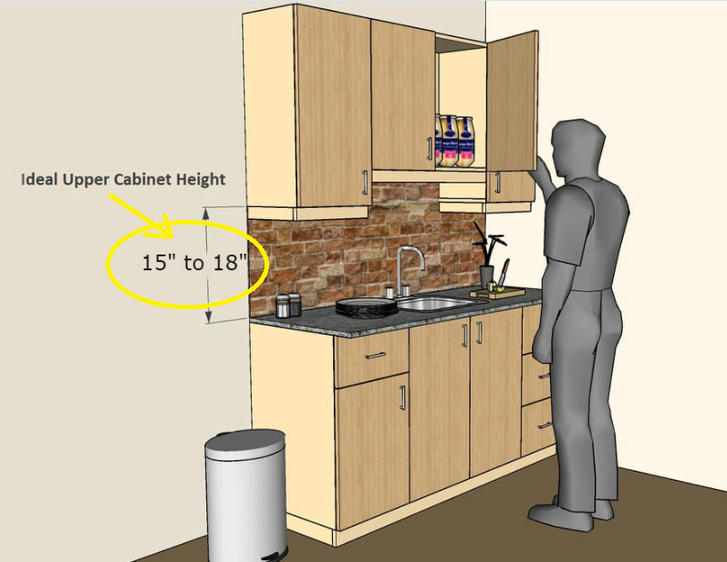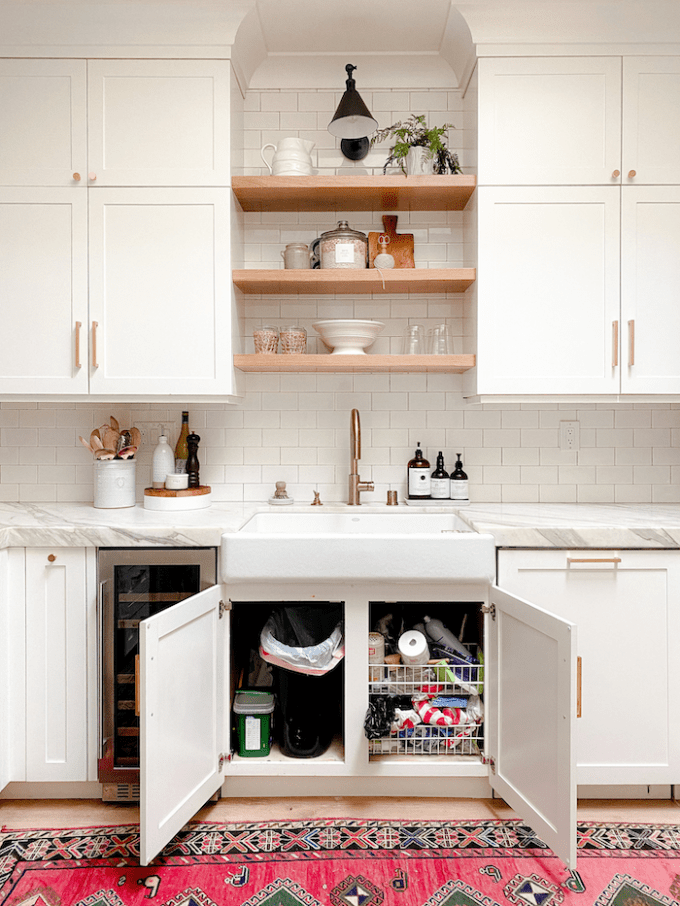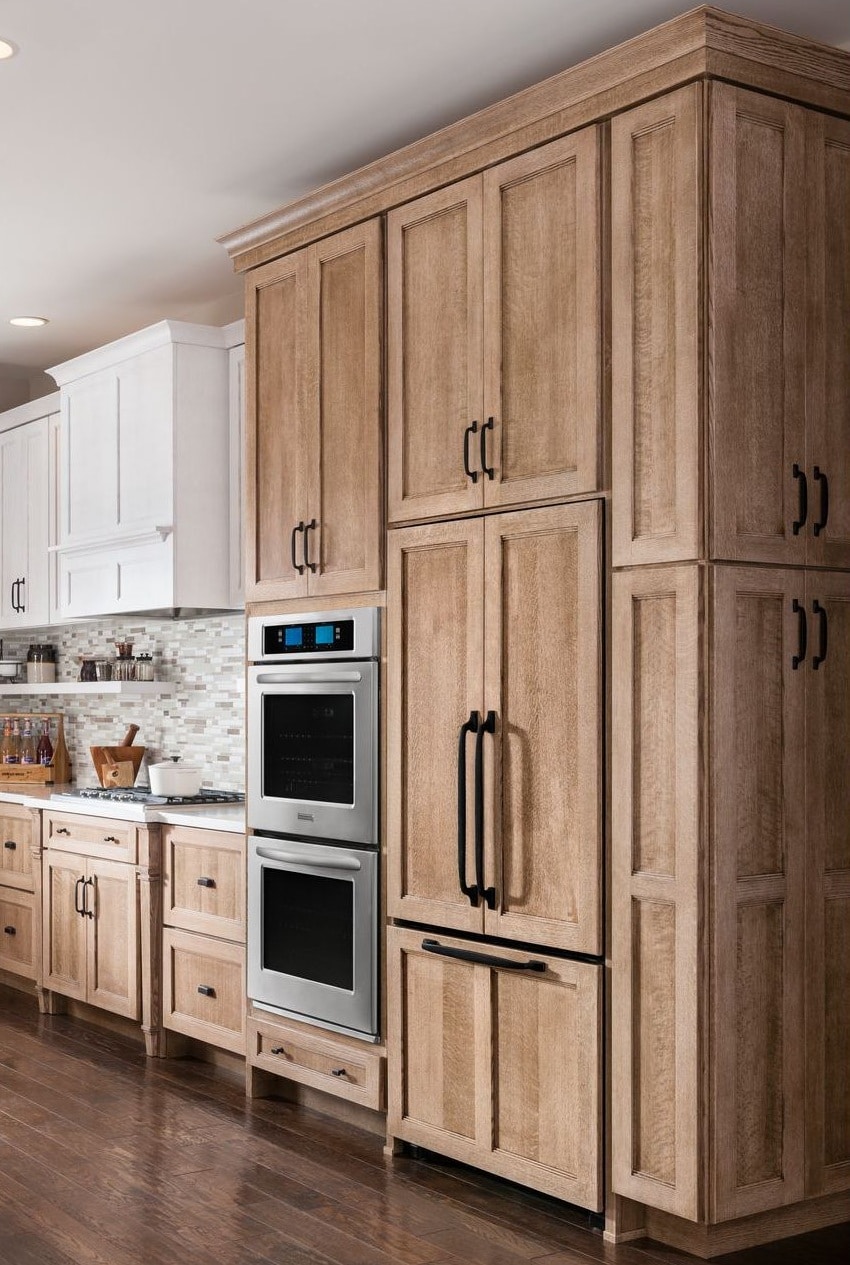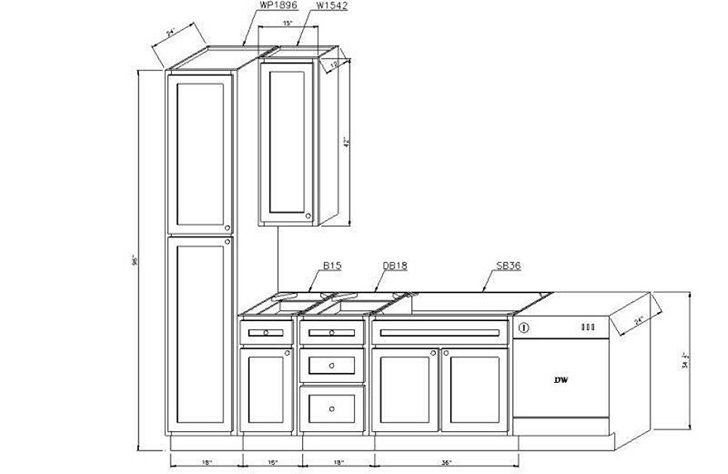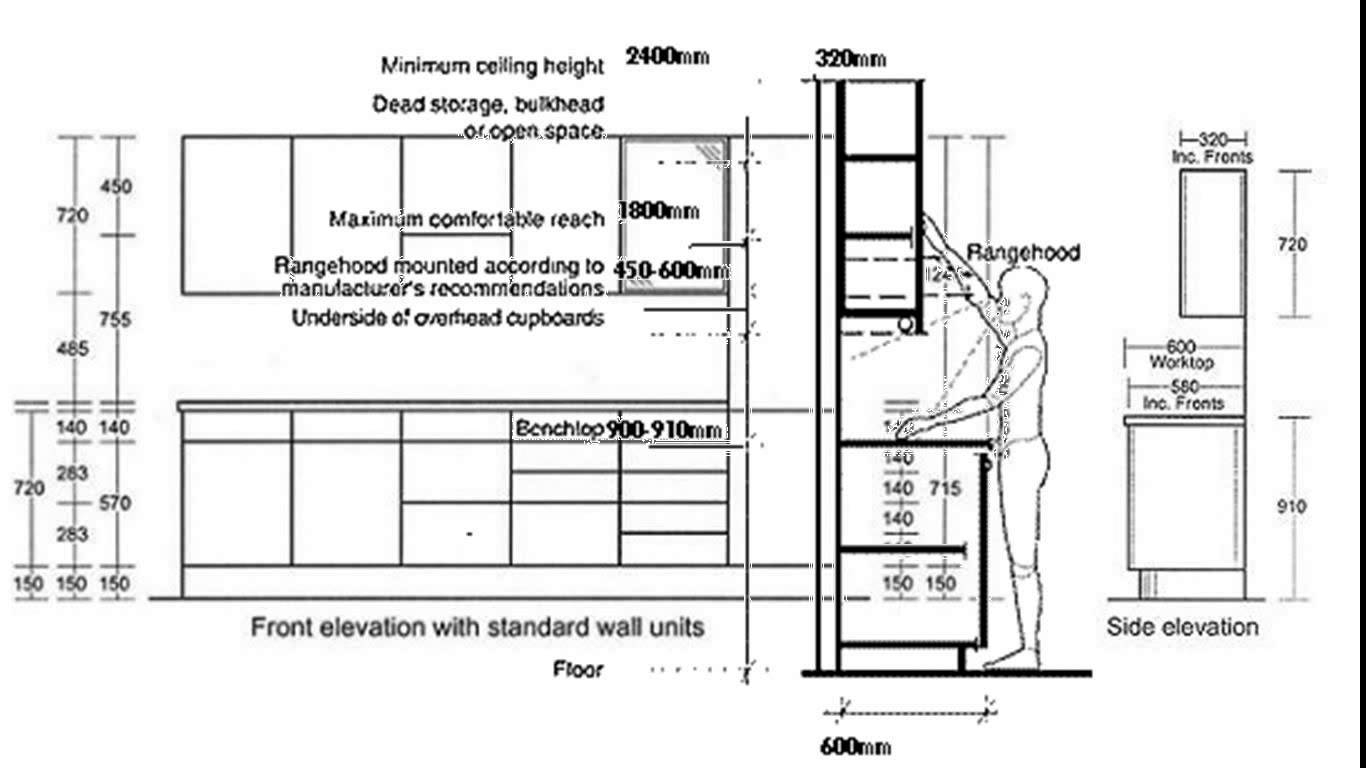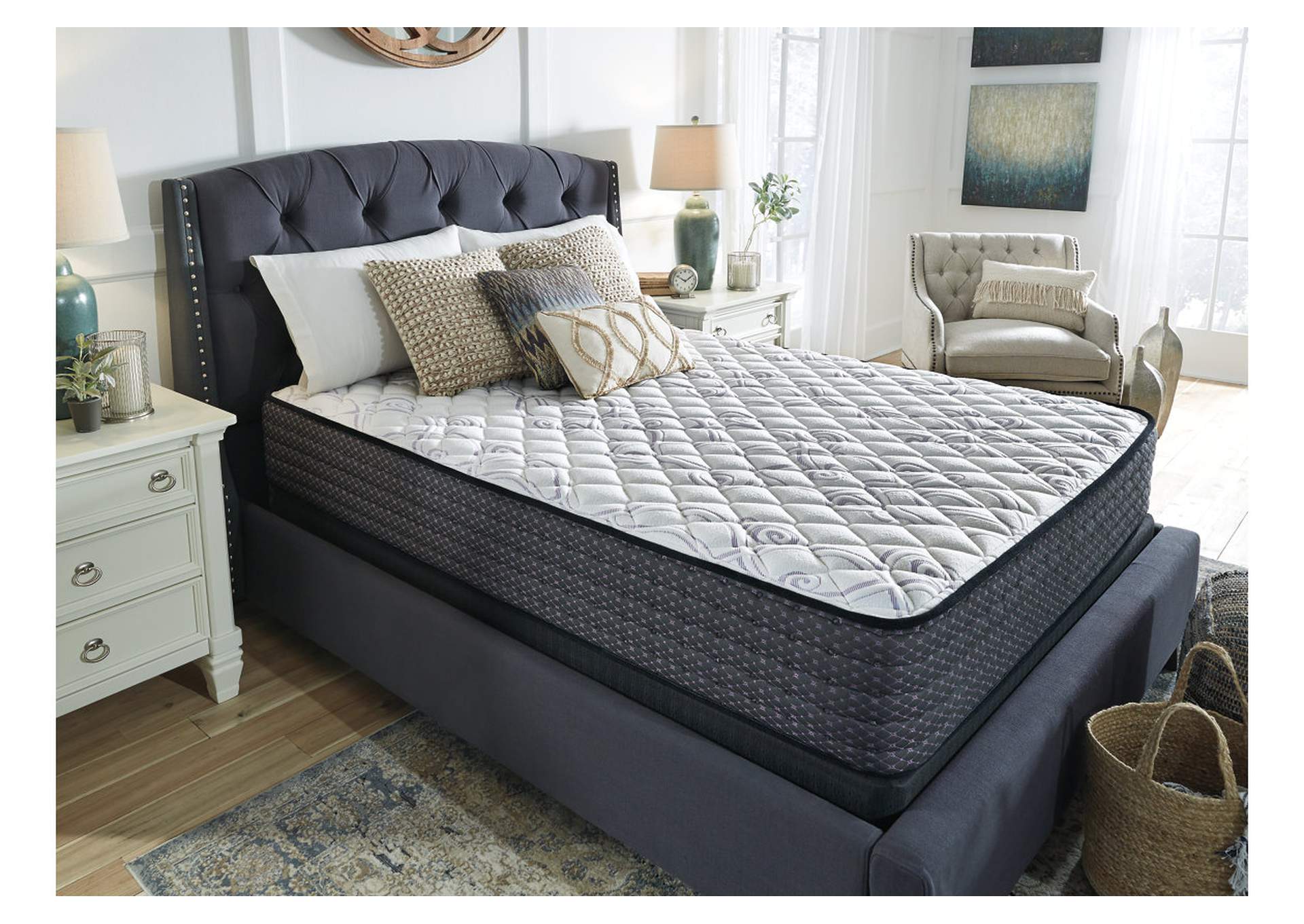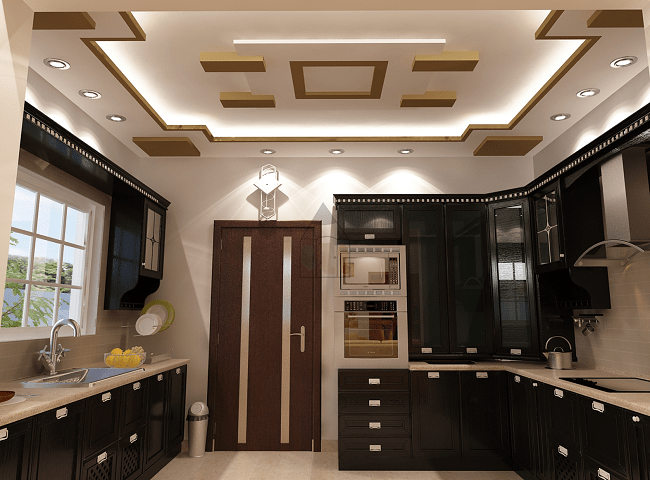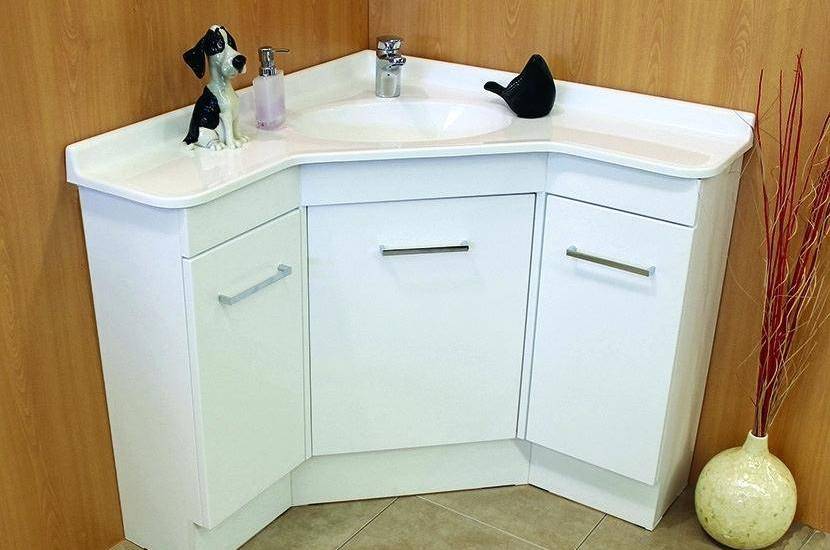When planning for a kitchen remodel or renovation, one of the first things to consider is the size and dimensions of your kitchen cabinets. These will not only determine the overall layout and design of your kitchen, but also the functionality and storage capacity. In this article, we will focus on the main kitchen sink cabinet depth and provide you with 10 essential things to know when choosing the right dimensions for your kitchen cabinets.Standard Kitchen Cabinet Dimensions
The standard depth of a kitchen cabinet is usually around 24 inches (61 cm). However, this can vary depending on the type of cabinet and its purpose. For instance, the base cabinets, which are the lower cabinets that are typically used for storage, have a standard depth of 24 inches. On the other hand, wall cabinets, which are the upper cabinets that are mounted on the wall, have a standard depth of 12 inches (30 cm).What is the Standard Depth of a Kitchen Cabinet?
The depth of a kitchen cabinet is determined by the size of the appliances and fixtures that will be installed in it. For example, if you have a deep sink, you will need a cabinet with a deeper depth to accommodate it. Similarly, if you have a large fridge, you will need a cabinet with a wider depth to fit it in. It's important to carefully measure the size of your appliances before deciding on the depth of your kitchen cabinets.How Deep Should a Kitchen Cabinet Be?
The standard size for a kitchen sink cabinet is 36 inches (91 cm) in width. This provides enough space for a standard-sized sink, as well as some additional storage space. However, if you have a smaller kitchen or are looking to save space, you can opt for a 30-inch (76 cm) sink cabinet. For larger kitchens, you can also find sink cabinets that are 42 inches (107 cm) or even 48 inches (122 cm) in width.Standard Kitchen Sink Cabinet Size
Measuring the depth of your kitchen cabinets is a simple process. Start by measuring the front face of the cabinet, from the left edge to the right edge. This will give you the width of the cabinet. Then, measure the distance from the back of the cabinet to the front face. This is the depth of the cabinet. Keep in mind that the depth can vary depending on the type of cabinet, so it's important to measure each one individually.How to Measure Kitchen Cabinet Depth
In addition to the standard depth of a kitchen cabinet, there are also different dimensions to consider for the sink cabinet specifically. These include the height and width of the cabinet, as well as the size of the sink. The standard height for a kitchen sink cabinet is 36 inches (91 cm). The width, as mentioned before, is usually 36 inches (91 cm) or 30 inches (76 cm). As for the sink, the standard size is around 30 inches (76 cm) in width and 22 inches (56 cm) in depth.Kitchen Sink Cabinet Dimensions
If you have a kitchen sink that is mounted above the cabinet, you may need to consider a different depth for the cabinet. This is to ensure that the sink is properly supported and doesn't hang over the edge of the cabinet, which can be a safety hazard. The standard depth for a cabinet with an overmount sink is around 25 inches (64 cm), but again, it's important to measure the sink and cabinet individually to ensure a proper fit.Standard Kitchen Cabinet Depth for Over the Sink
As mentioned before, the standard height for a kitchen cabinet is 36 inches (91 cm). However, depending on your height and preference, you may choose to have your cabinets custom-made to a different height. For example, shorter individuals may prefer a lower cabinet height for easier access, while taller individuals may opt for a higher cabinet height for more storage space.What is the Standard Height of a Kitchen Cabinet?
When choosing the right size for your kitchen sink cabinet, there are a few factors to consider. First, think about the size of your kitchen and the available space for the cabinet. Then, consider the size of your sink and the depth you will need to accommodate it. Lastly, think about your storage needs and whether you need a wider or deeper cabinet for more storage space. It's important to find a balance between functionality and aesthetics when choosing the right size for your kitchen sink cabinet.How to Choose the Right Kitchen Sink Cabinet Size
For those with an undermount sink, the standard depth for the cabinet will depend on the size and shape of the sink. In general, the depth for an undermount sink cabinet can range from 16-24 inches (41-61 cm). It's important to measure the size of the sink and consider the depth needed for proper installation and support. In conclusion, the standard depth of a kitchen cabinet can vary depending on the type of cabinet and its purpose. It's important to carefully measure your appliances and consider your storage needs when choosing the right dimensions for your kitchen cabinets. With the right dimensions, you can create a functional and stylish kitchen that meets all your needs.Standard Kitchen Cabinet Depth for Undermount Sink
Why Kitchen Sink Cabinet Depth is Crucial for Efficient House Design

The Importance of Cabinet Depth in Kitchen Design
 When it comes to designing a kitchen, every detail matters. From the layout to the materials used, every decision affects the functionality and aesthetic of this important space. One often overlooked aspect of kitchen design is the
kitchen sink cabinet depth
. This refers to the measurement from the front of the cabinet to the back wall, where the sink is installed. While it may seem like a minor detail, the cabinet depth has a significant impact on the overall design and efficiency of a kitchen.
When it comes to designing a kitchen, every detail matters. From the layout to the materials used, every decision affects the functionality and aesthetic of this important space. One often overlooked aspect of kitchen design is the
kitchen sink cabinet depth
. This refers to the measurement from the front of the cabinet to the back wall, where the sink is installed. While it may seem like a minor detail, the cabinet depth has a significant impact on the overall design and efficiency of a kitchen.
Optimizing Space and Storage
 One of the main reasons why
kitchen sink cabinet depth
is crucial in house design is because it affects the amount of usable space and storage in the kitchen. A shallow cabinet depth can limit the size of the sink and reduce the amount of countertop space available. On the other hand, a deeper cabinet allows for a larger sink and more counter space, making it easier to prepare meals and wash dishes. It also provides more storage space underneath the sink for cleaning supplies and other kitchen essentials.
One of the main reasons why
kitchen sink cabinet depth
is crucial in house design is because it affects the amount of usable space and storage in the kitchen. A shallow cabinet depth can limit the size of the sink and reduce the amount of countertop space available. On the other hand, a deeper cabinet allows for a larger sink and more counter space, making it easier to prepare meals and wash dishes. It also provides more storage space underneath the sink for cleaning supplies and other kitchen essentials.
Efficient Workflow
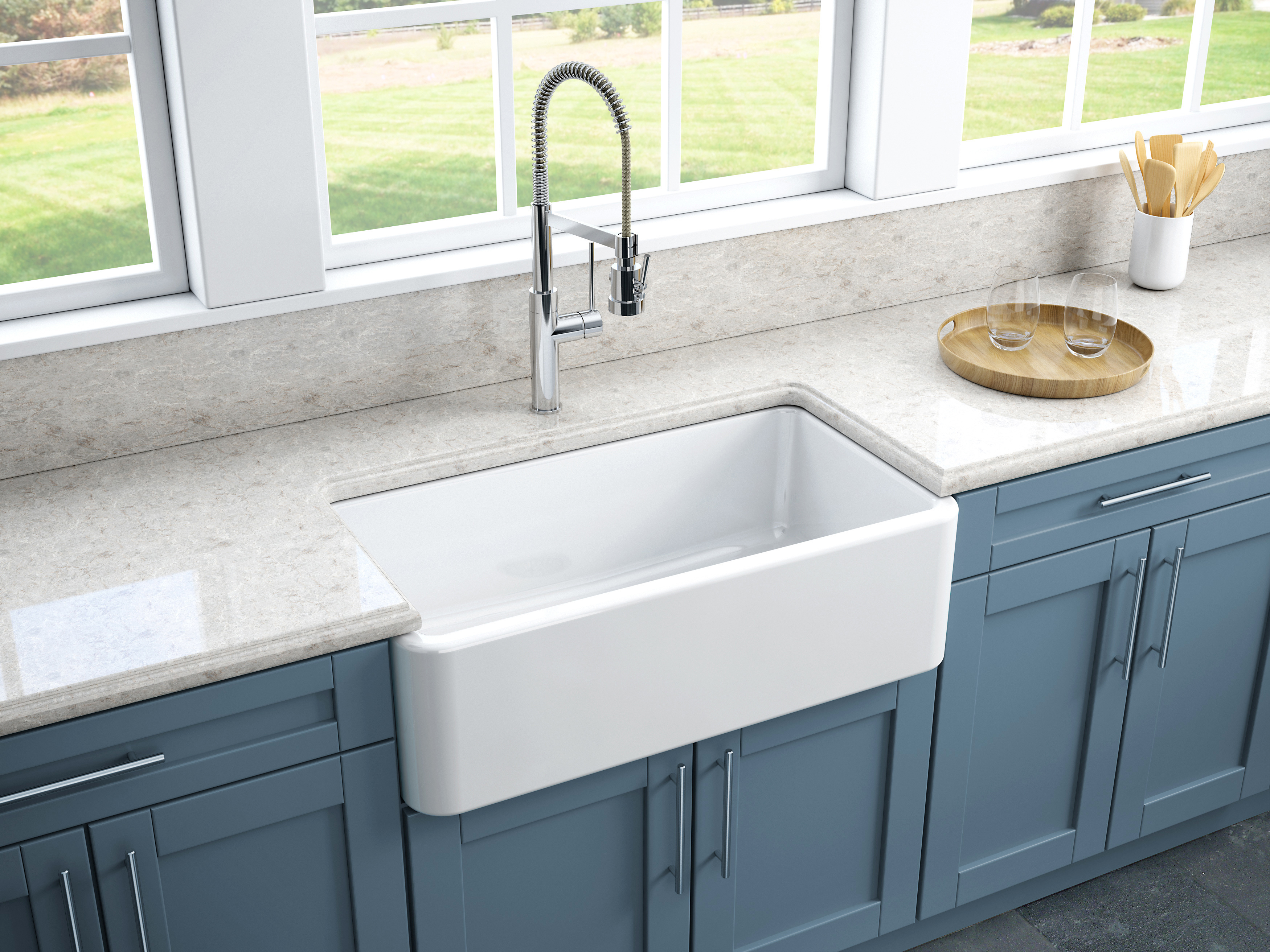 The cabinet depth also plays a role in the overall workflow of the kitchen. A shallow cabinet depth can make it difficult to wash larger pots and pans, as well as limit the space for stacking dirty dishes. This can lead to a cluttered and inefficient workspace. On the other hand, a deeper cabinet allows for easier maneuvering and a more efficient workflow. This is especially important for those who love to cook and spend a lot of time in the kitchen.
The cabinet depth also plays a role in the overall workflow of the kitchen. A shallow cabinet depth can make it difficult to wash larger pots and pans, as well as limit the space for stacking dirty dishes. This can lead to a cluttered and inefficient workspace. On the other hand, a deeper cabinet allows for easier maneuvering and a more efficient workflow. This is especially important for those who love to cook and spend a lot of time in the kitchen.
Aesthetic Appeal
 In addition to functionality,
kitchen sink cabinet depth
also has an impact on the overall aesthetic of a kitchen. A shallow cabinet depth can make the sink look small and out of proportion with the rest of the kitchen, while a deeper cabinet can create a more balanced and visually appealing design. It also allows for more options when it comes to sink styles and sizes, giving homeowners more flexibility in designing their dream kitchen.
In conclusion, when it comes to efficient house design, the
kitchen sink cabinet depth
is a crucial factor to consider. It affects the amount of usable space and storage, the efficiency of the workflow, and the overall aesthetic of the kitchen. By carefully considering the cabinet depth, homeowners can create a functional, beautiful, and efficient kitchen that meets their needs and reflects their personal style.
In addition to functionality,
kitchen sink cabinet depth
also has an impact on the overall aesthetic of a kitchen. A shallow cabinet depth can make the sink look small and out of proportion with the rest of the kitchen, while a deeper cabinet can create a more balanced and visually appealing design. It also allows for more options when it comes to sink styles and sizes, giving homeowners more flexibility in designing their dream kitchen.
In conclusion, when it comes to efficient house design, the
kitchen sink cabinet depth
is a crucial factor to consider. It affects the amount of usable space and storage, the efficiency of the workflow, and the overall aesthetic of the kitchen. By carefully considering the cabinet depth, homeowners can create a functional, beautiful, and efficient kitchen that meets their needs and reflects their personal style.



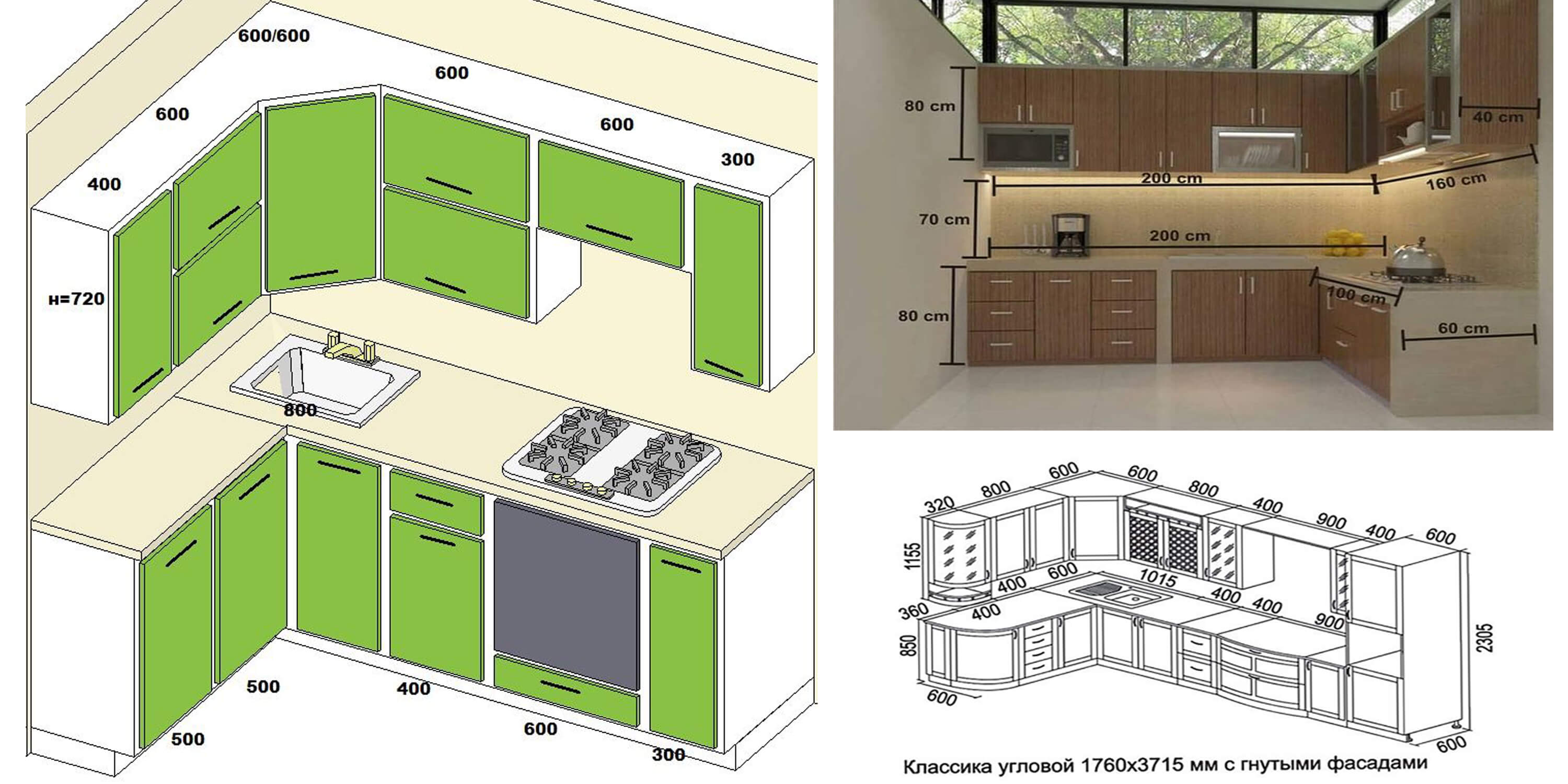
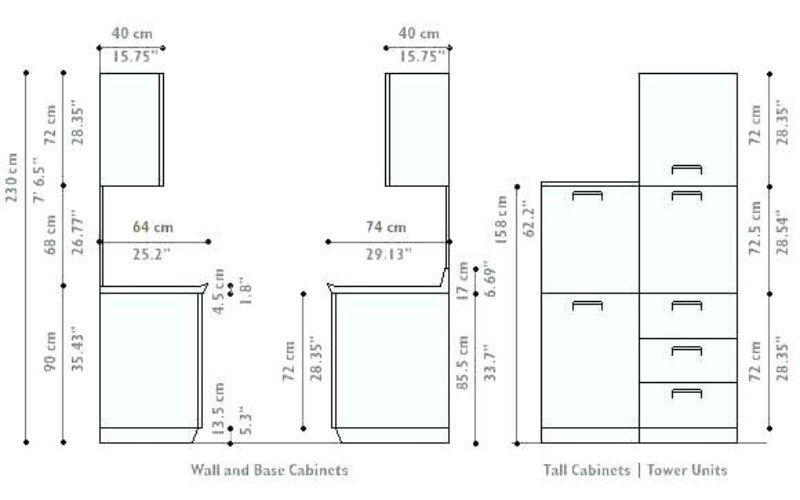
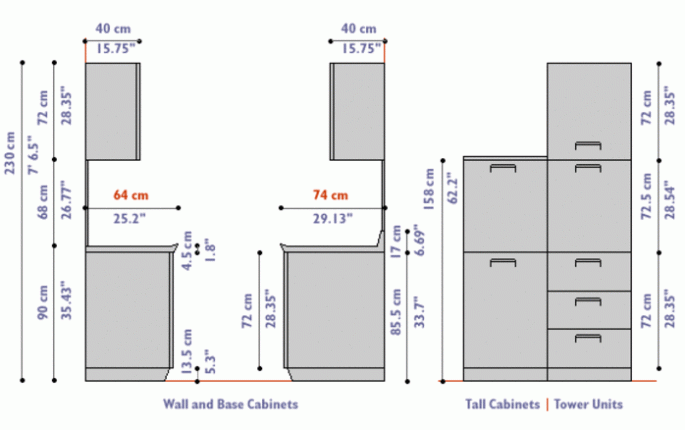
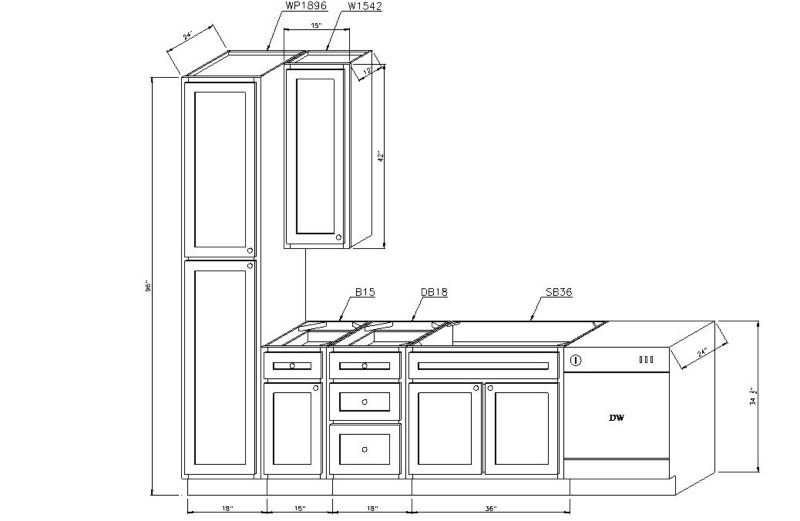
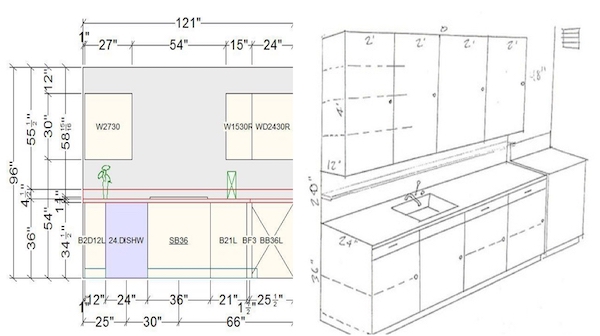
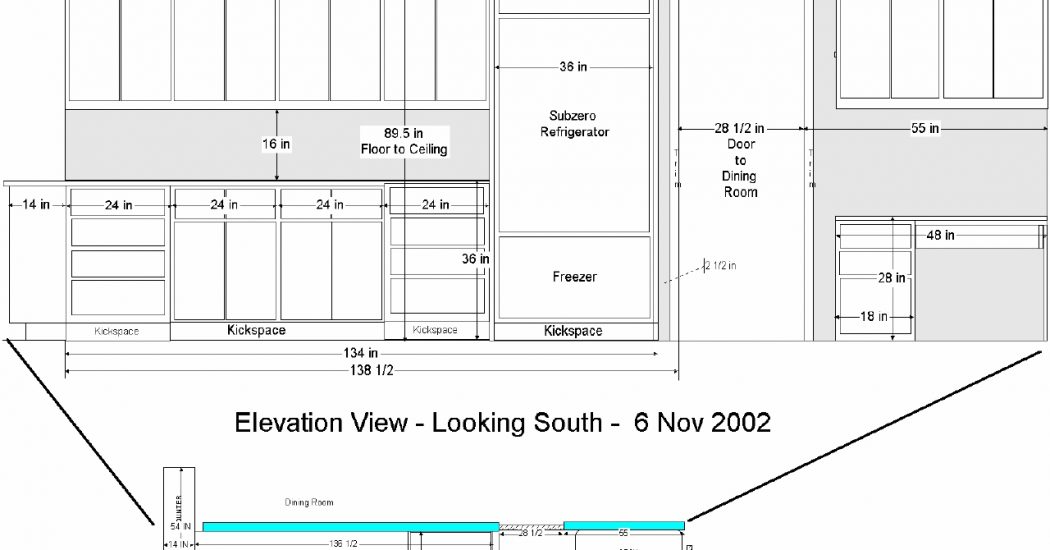
:max_bytes(150000):strip_icc()/guide-to-common-kitchen-cabinet-sizes-1822029_1_final-5c89617246e0fb0001cbf60d.png)
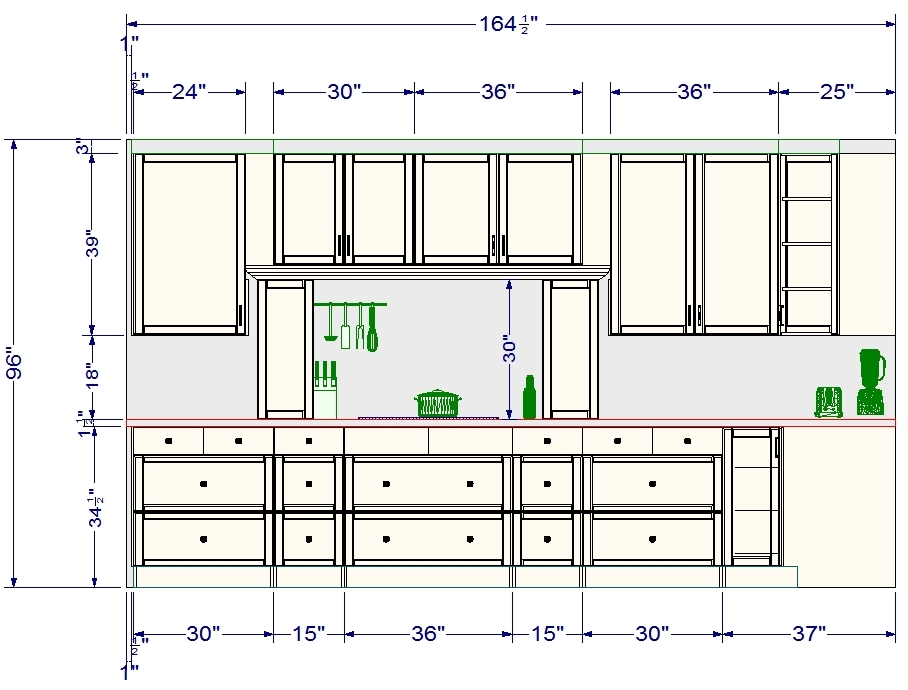


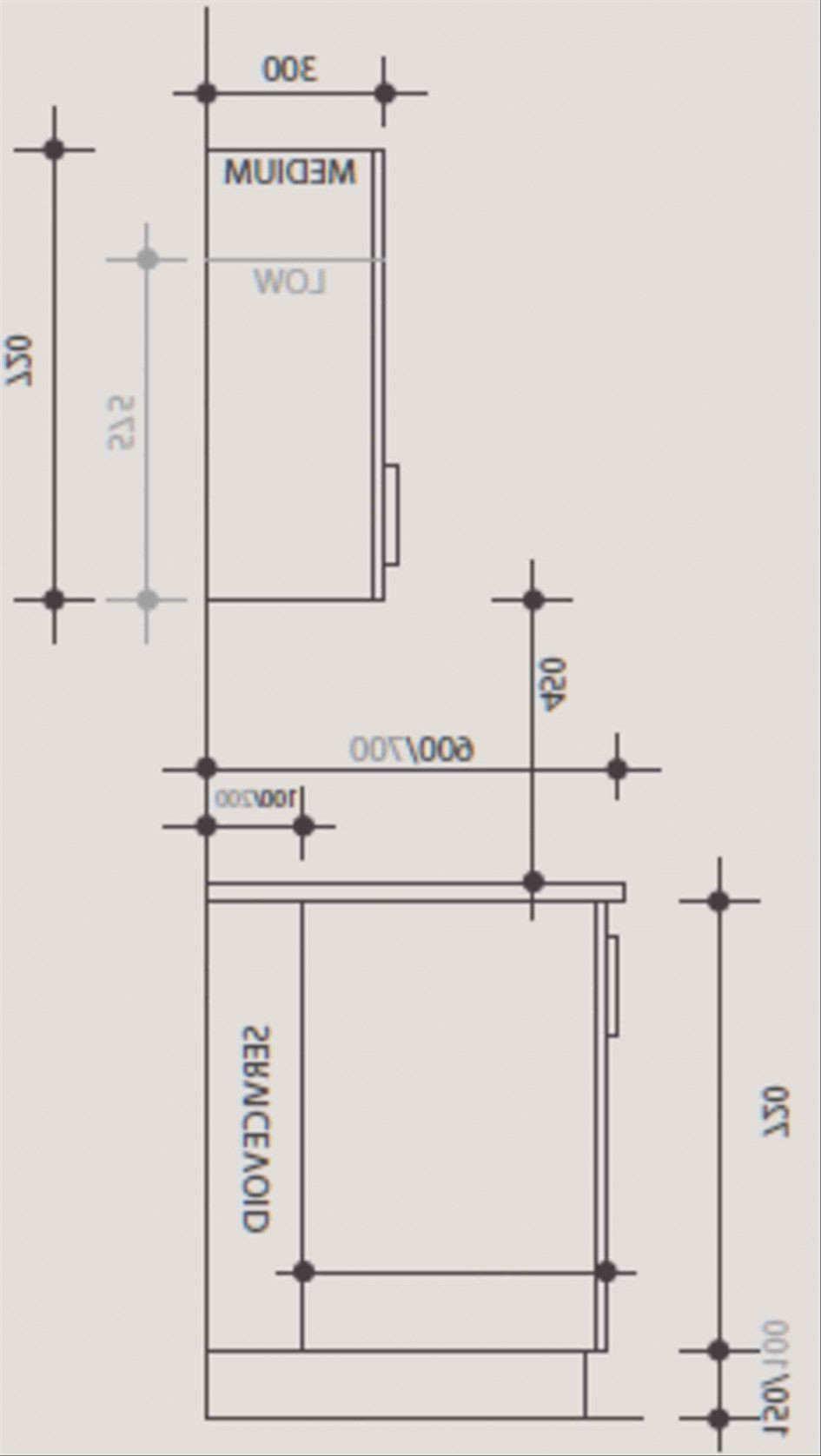

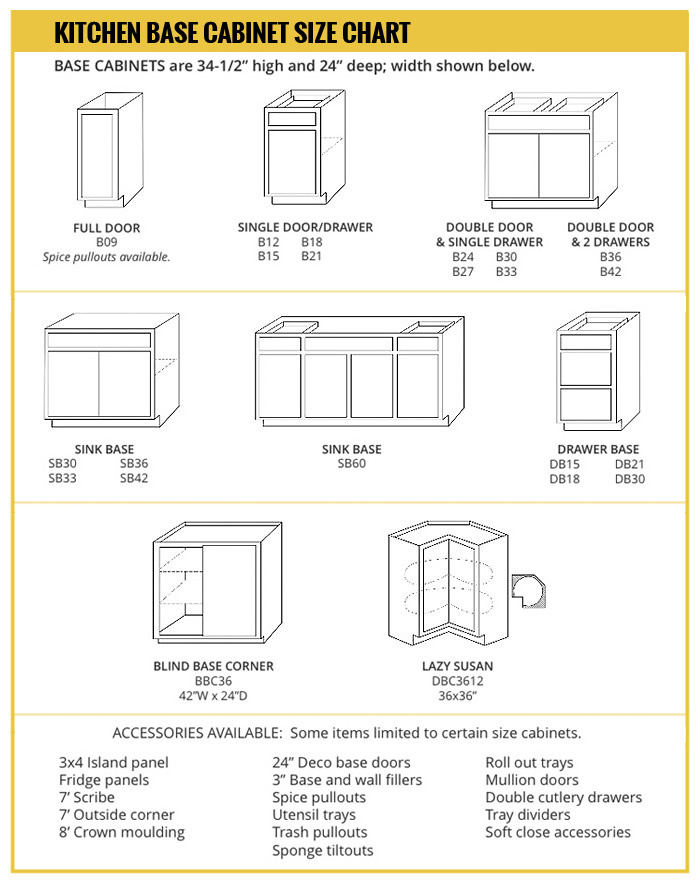

:max_bytes(150000):strip_icc()/guide-to-common-kitchen-cabinet-sizes-1822029-base-6d525c9a7eac49728640e040d1f90fd1.png)




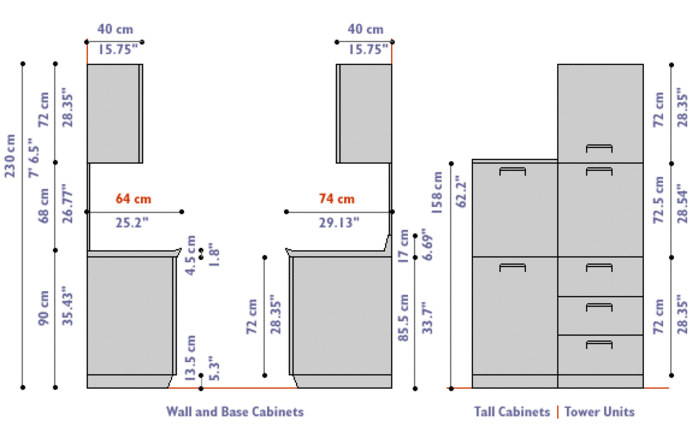






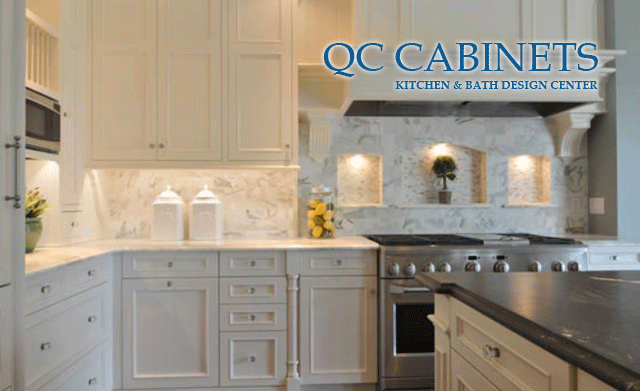
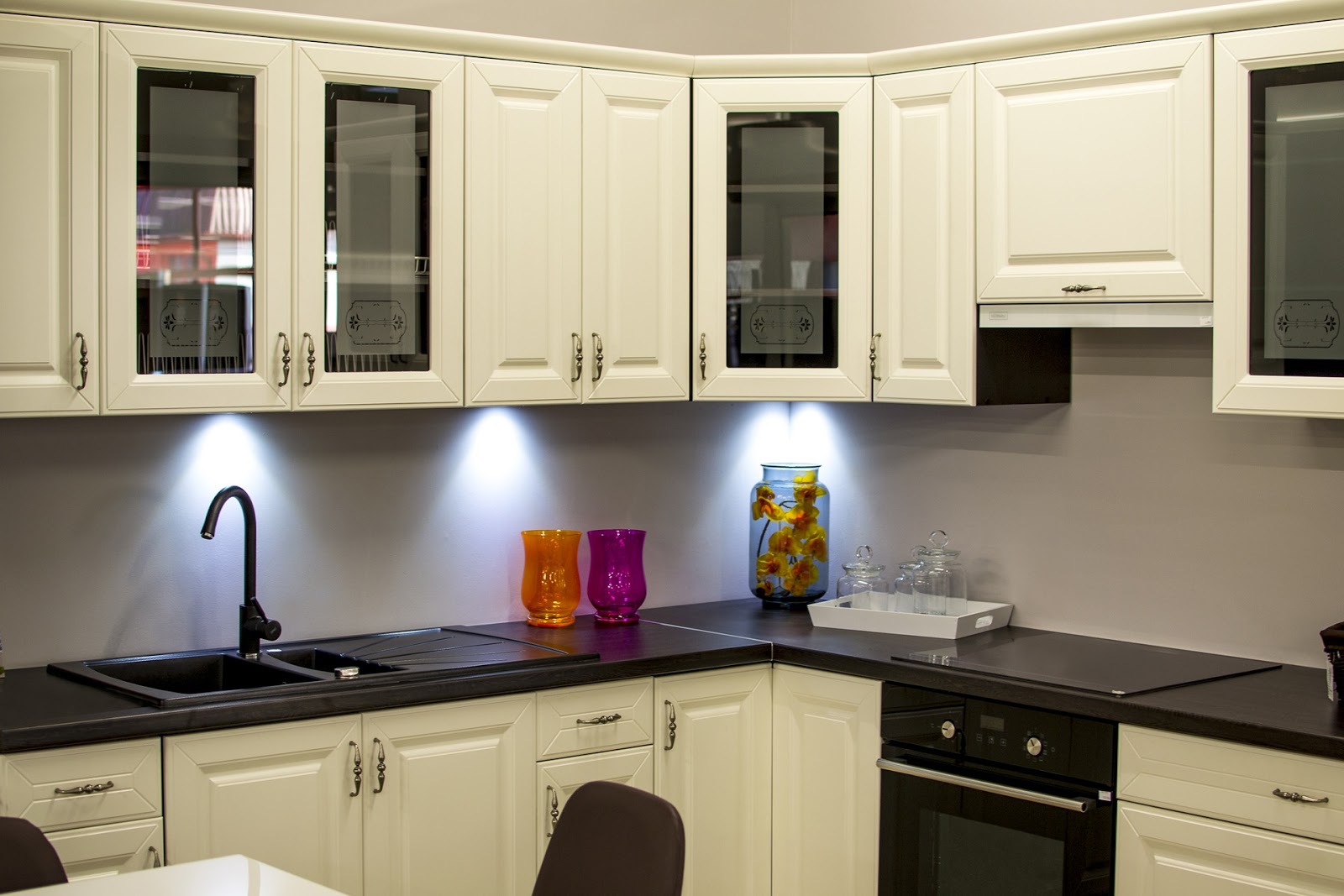

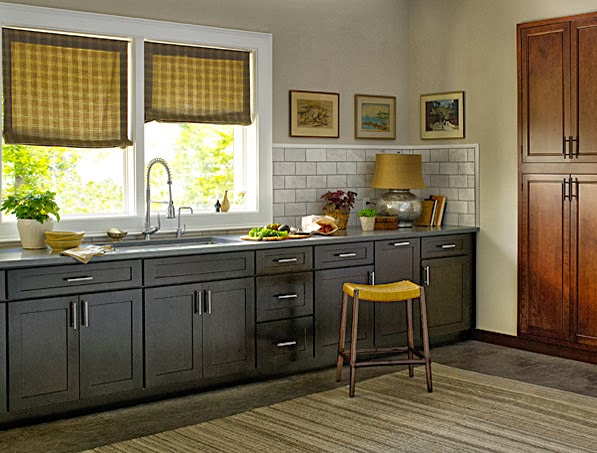

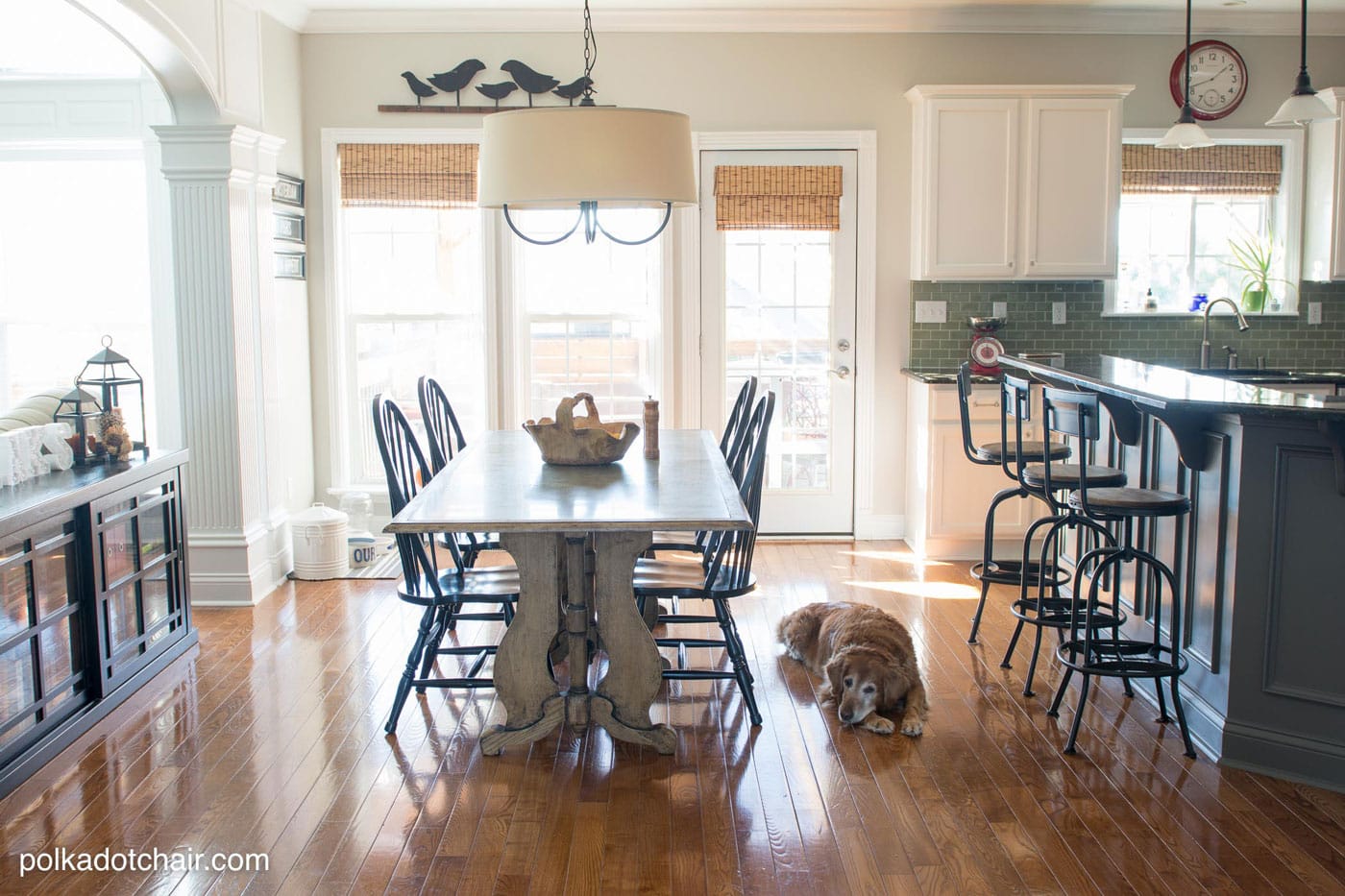


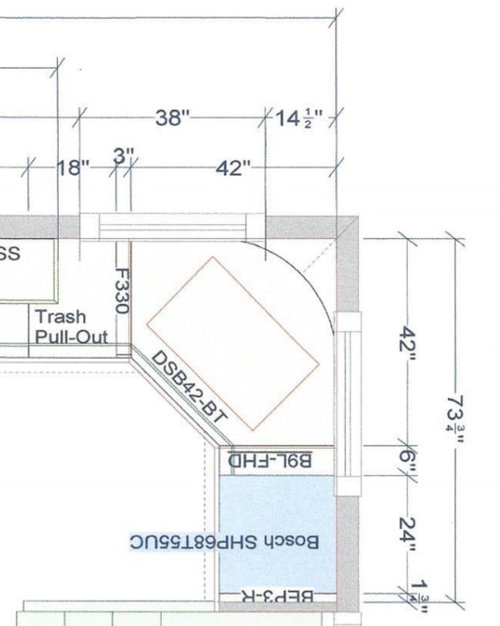


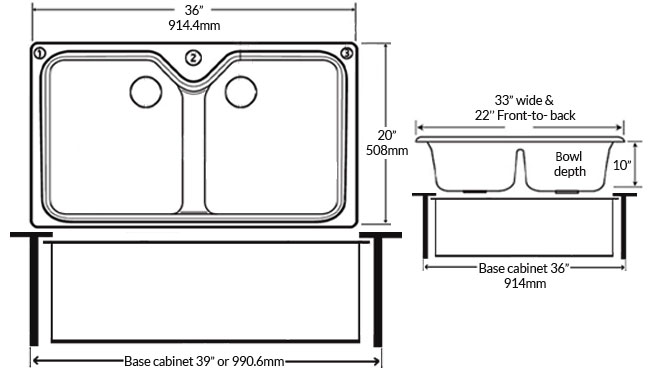
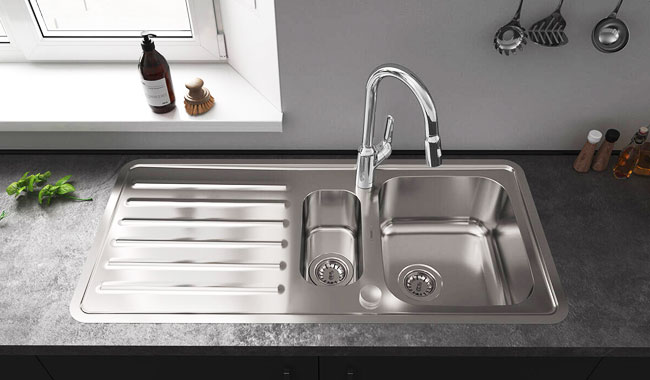

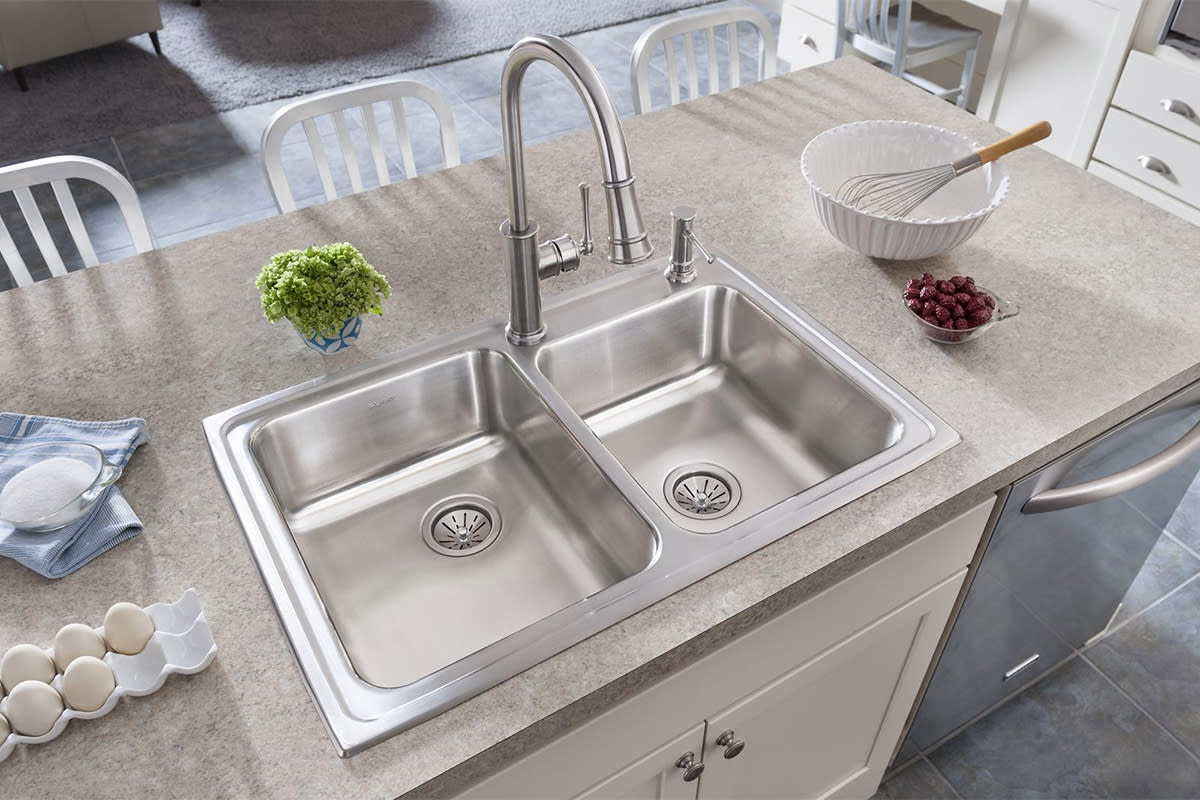





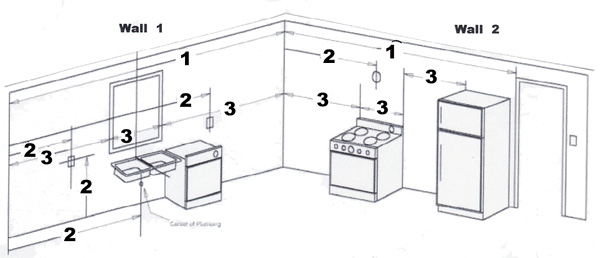

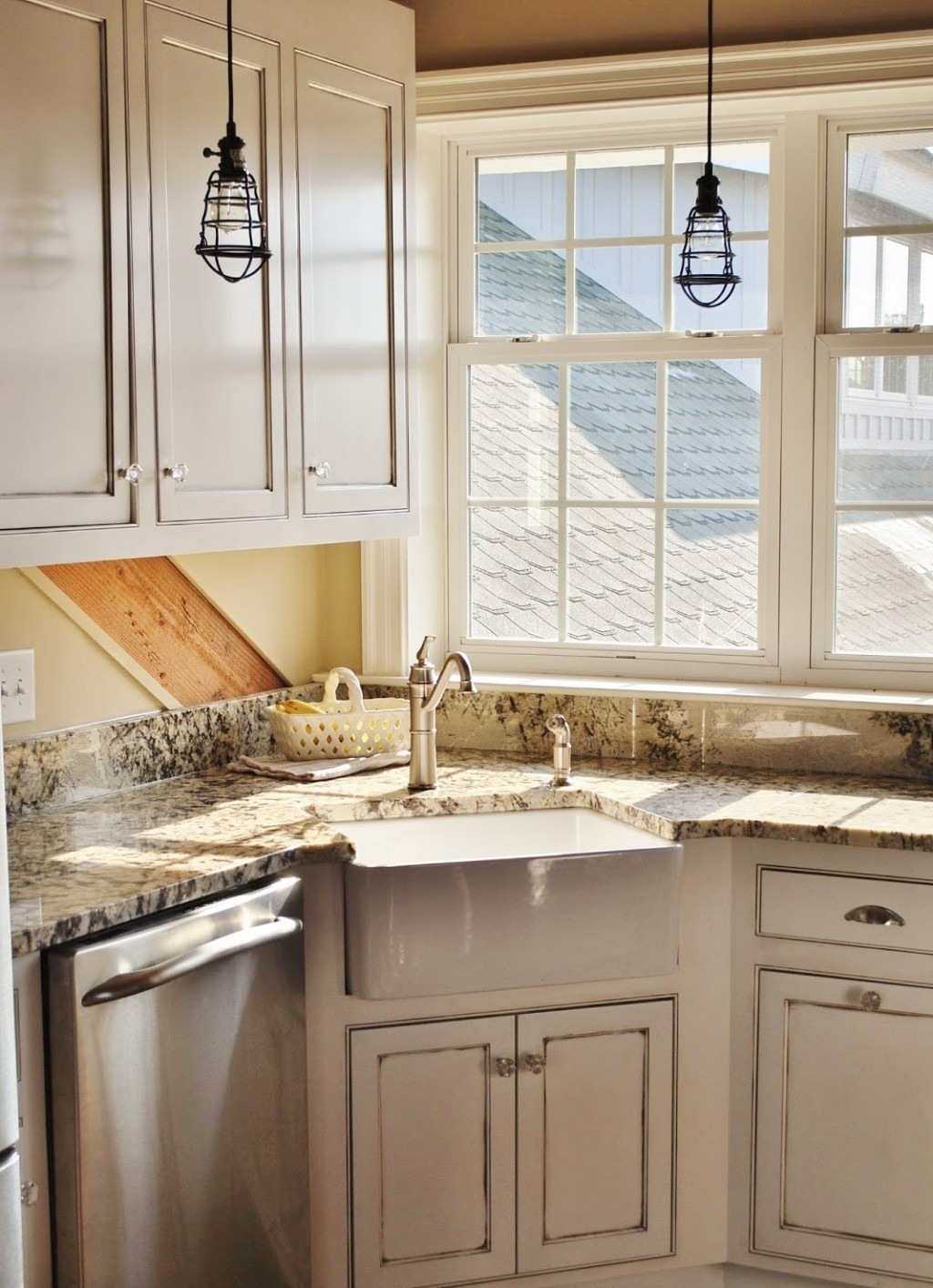
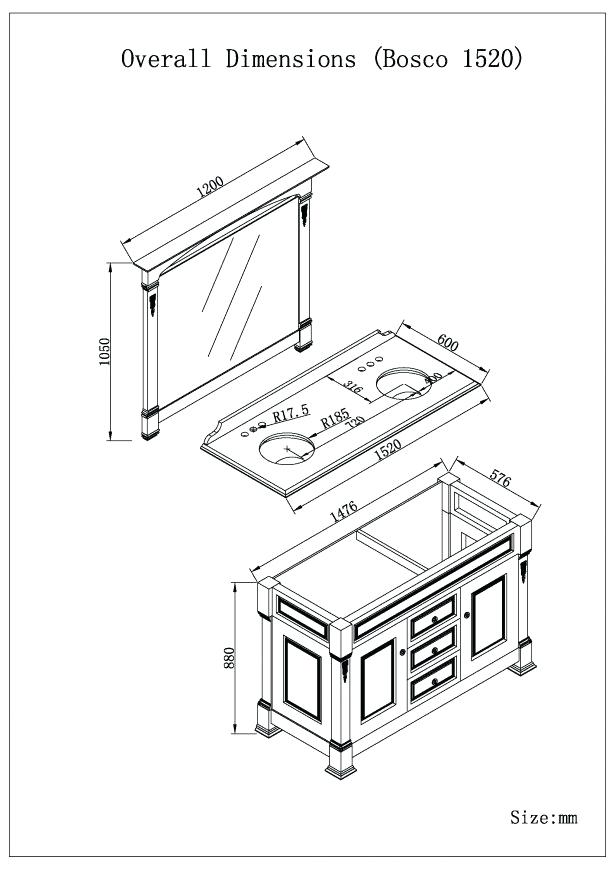



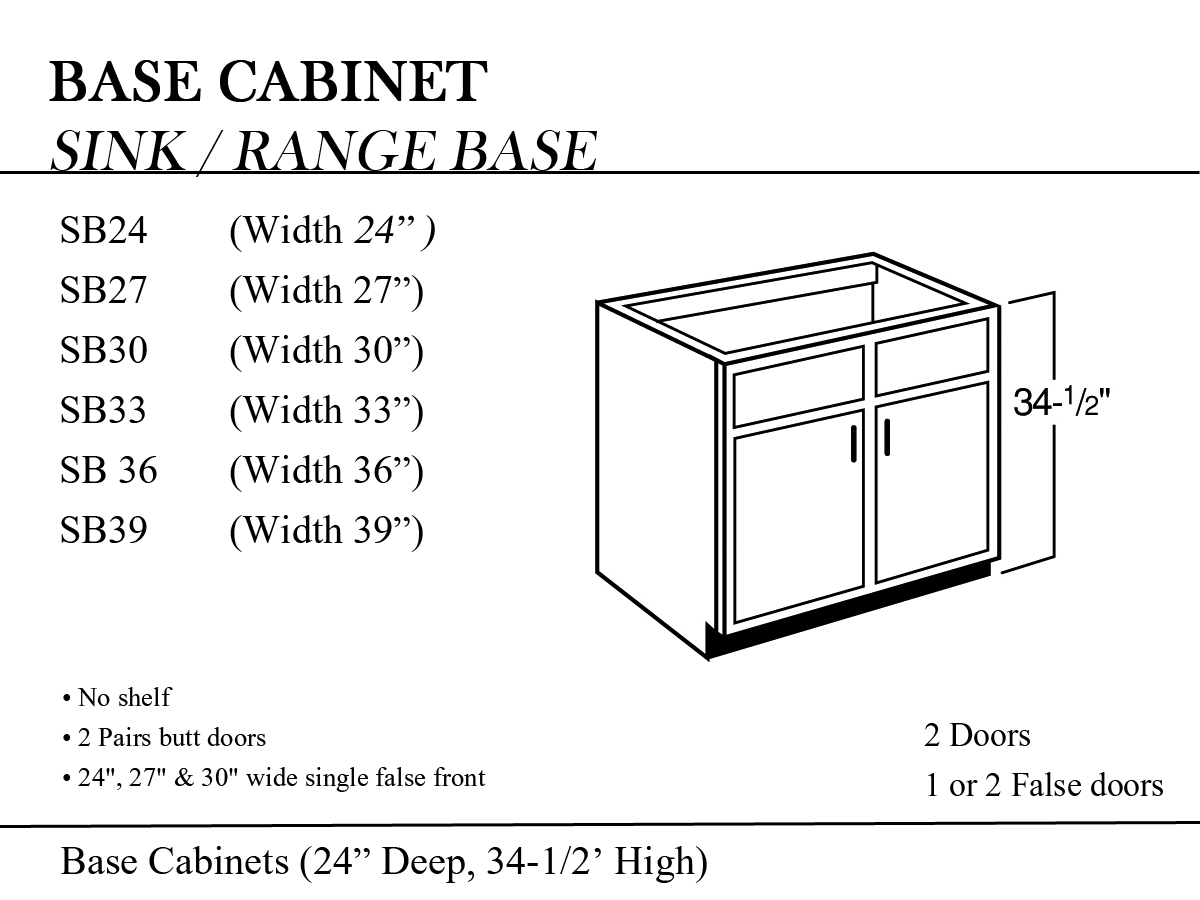






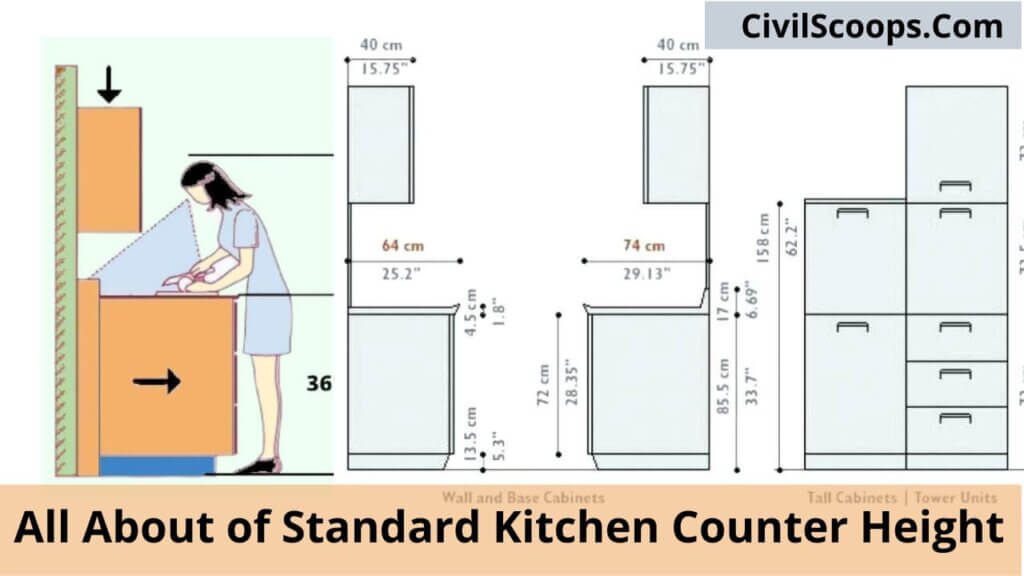




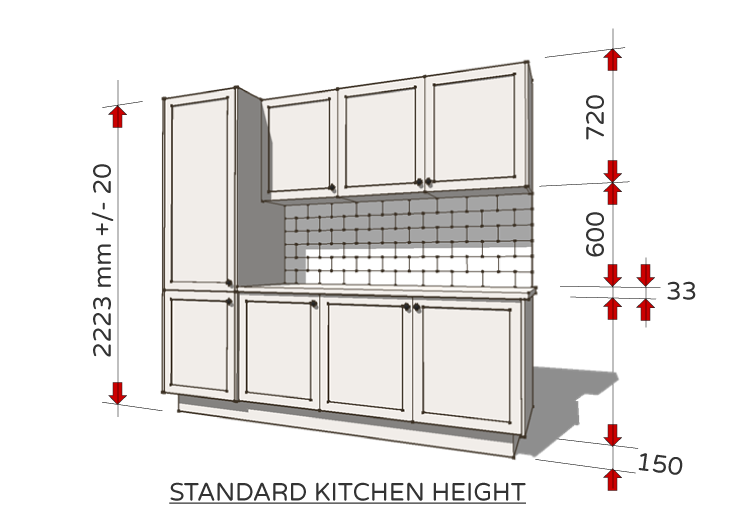
/GettyImages-596194046-60512ab500684f63a591bedb3c4466c5.jpg)


